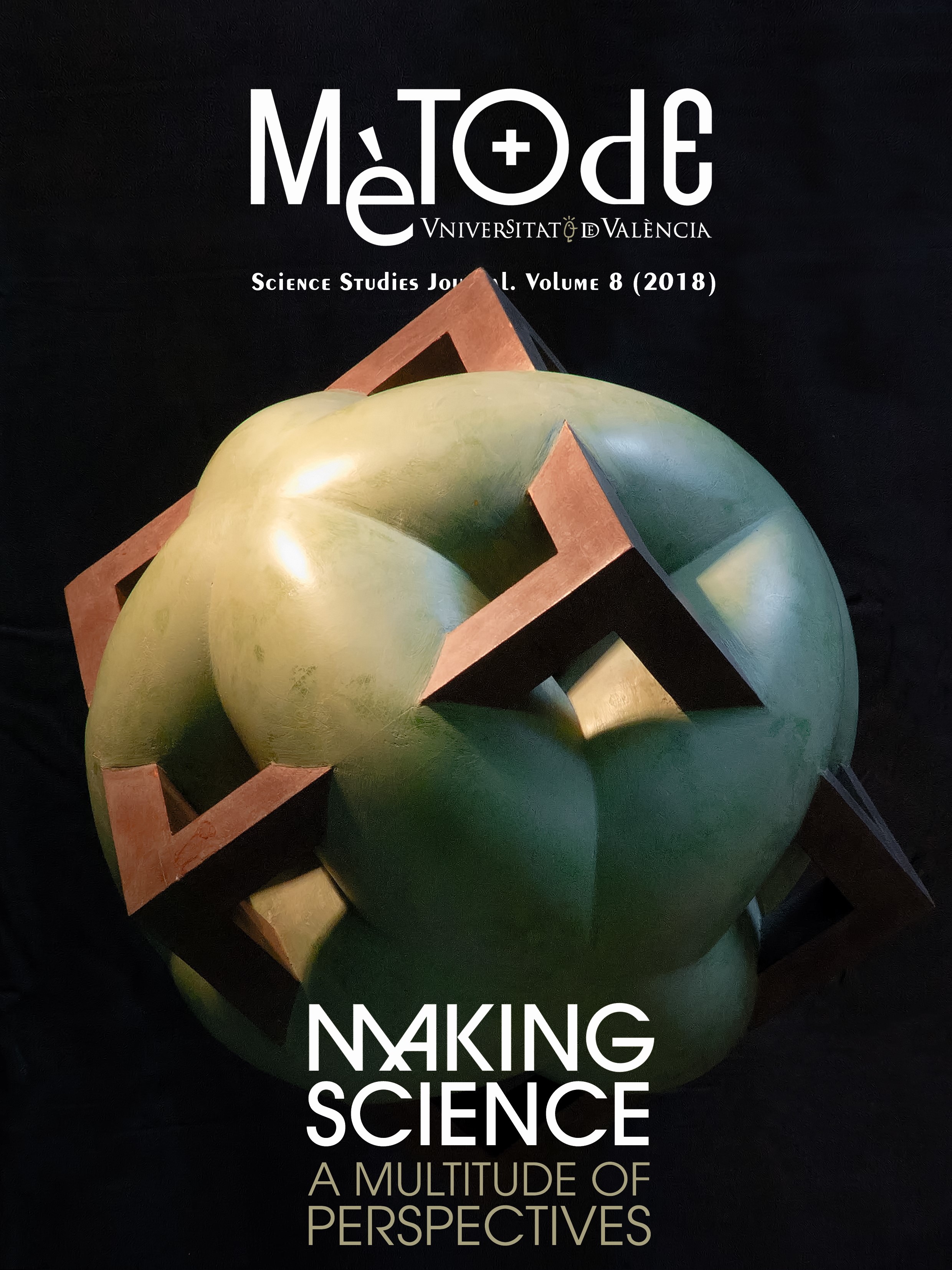Evolution of the ‘Homo’ genus: New mysteries and perspectives
DOI:
https://doi.org/10.7203/metode.8.9308Keywords:
palaeogenomics, Homo genus, hominins, variability, Dmanisi Abstract
Abstract
This work reviews the main questions surrounding the evolution of the genus Homo, such as its origin, the problem of variability in Homo erectus and the impact of palaeogenomics. A consensus has not yet been reached regarding which Australopithecus candidate gave rise to the first representatives assignable to Homo and this discussion even affects the recognition of the H. habilis and H. rudolfensis species. Regarding the variability of the first palaeodemes assigned to Homo, the discovery of the Dmanisi site in Georgia called into question some of the criteria used until now to distinguish between species like H. erectus or H. ergaster. Finally, the emergence of palaeogenomics has provided evidence that the flow of genetic material between old hominin populations was wider than expected.
 Downloads
Downloads
 References
References
Agustí, J., & Lordkipanidze, D. (2005). Los primeros pobladores de Europa. Barcelona: RBA.
Green, R. E., Krause, J., Briggs, A. W., Maricic, T., Stenzel, U., Kircher, M., ... Pääbo, S. (2010). A draft sequence of the Neandertal genome. Science, 328, 710–722. doi: 10.1126/science.-1188021
Krause, J., Fu, Q., Good, J. F., Viola, B., Shunkov, M. V., Derevianko, A. P., & Pääbo, S. (2010). The complete mitochondrial DNA genome of an unknown hominin from southern Siberia. Nature, 464, 894–897. doi: 10.1038/nature08976
Krings, M., Stone, A., Schmitz, R. W., Krainitzki, H., Stoneking, & Pääbo, S. (1997). Neandertal DNA sequences and the origin of modern humans. Cell, 90, 19–30. doi: 10.1016/S0092-8674(00)80310-4
Lordkipanidze, D., Jashashvili, T., Vekua, A., Ponce de León, M., Zollikofer, C., Rightmire, … Nioradze, M. (2007). Postcranial evidence from early Homo from Dmanisi, Georgia. Nature, 449, 305–310. doi: 10.1038/nature06134
Lordkipanidze, D., Ponce de León, M., Margvelashvili, A., Rak, Y., Rightmire, G. P., & Zollikofer, C. (2013). A complete skull from Dmanisi, Georgia, and the evolutionary biology of early Homo. Science, 342, 326–331. doi: 10.1126/science.1238484
Lordkipanidze, D., Vekua, A., Ferring, R., Rightmire, G. P., Agustí, J., Kiladze, G., … Zollikofer, C. (2005). The earliest toothless hominin skull. Nature, 434, 717–718. doi: 10.1038/434717b
Vekua, A., Lordkipanidze, D., Rightmire, G. P., Agustí, J., Ferring, R., Maisuradze, G., … Zollikofer, C. (2002). A new skull of early Homo from Dmanisi, Georgia. Science, 297, 85–89. doi: 10.1126/science.1072953
Villmoare, B., Kimbel, W. H., Seyoum, C., Campisano, C. J., DiMaggio, E., Rowan, J., … Reed, K. E. 2015. Early Homo at 2.8 Ma from Ledi Geraru, Afar, Ethiopia. Science, 347, 1352–1355. doi: 10.1126/science.aaa1343
Downloads
Published
How to Cite
-
Abstract3174
-
PDF1365
Issue
Section
License
![]()
All the documents in the OJS platform are open access and property of their respective authors.
Authors publishing in the journal agree to the following terms:
- Authors keep the rights and guarantee Metode Science Studies Journal the right to be the first publication of the document, licensed under a Creative Commons Attribution-NonCommercial-NoDerivatives 4.0 International License that allows others to share the work with an acknowledgement of authorship and publication in the journal.
- Authors are allowed and encouraged to spread their work through electronic means using personal or institutional websites (institutional open archives, personal websites or professional and academic networks profiles) once the text has been published.





